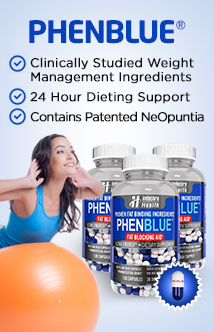How to Limit Salt Intake
- Healthy Eating
- Hits: 7815
Salt – from the mineral, sodium – is something that we consume every day and it is, in fact, an important part of our diets to achieve optimal health. The body requires salt to help to properly maintain the balance of minerals and water, as well as the blood volume. Unfortunately, as with everything, if you consume too much salt, this can have a negative impact on your health, such as increasing your risk of high blood pressure, which can then lead to heart disease or stroke.
The average adult needs around 1,500 milligrams each day, and the majority of us have no problem reaching that level. However, the average adult is also typically consuming far more than that amount. Though medical experts recommend that you don’t exceed 2,300 milligrams of sodium each day (about a teaspoon of table salt), the majority of people leave that amount far behind.
The problem is that salt doesn’t just come in a shaker. It is also hidden in the majority of foods that we eat every day, including grains, dairy, meat, and nuts. It is also found in much larger quantities in processed foods. It is typically those items that sends an individual’s sodium levels well over the optimal levels and beyond.
By cutting back on sodium, you can reduce your risk of a number of health problems, particularly high blood pressure (hypertension) and all of its associated complications. Keep in mind that when you have been consuming a high sodium diet for a long time, then cutting back on your consumption will take a bit of time, but your taste buds will adjust and you’ll start to enjoy rich flavors that you may not have even detected before.
The first step to cutting your salt is to eliminate the shaker from your table. Stop shaking the salt directly onto your food and you’ll automatically cut sodium from your diet. Similarly, when a recipe calls for salt, use half as much as it recommends and then taste it before adding any more of it.
When you’re grocery shopping, start to eliminate as many processed foods (essentially, anything pre-made and packaged) as possible. They are very high in salt as it is a flavor enhancer and it acts as a preservative.
Learn to read labels before you buy, so that you’ll understand how much sodium is hidden in the foods you’re buying.
Choose lower sodium alternatives. For example, buy fresh or frozen vegetables instead of canned. Canned veggies often have added salt in them to preserve them longer. If you must buy canned and there is no sodium-free option available, dump the contents into a strainer and rinse them carefully before using them.
Minimize your intake of high sodium foods such as smoked and cured meats (such as bologna or salami), as well as pickles, olives, and other items that soak in brine (which is a high salt solution). Fast foods should also be cut out of your routine diet and saved for only rare occasions.
If you are particularly sensitive to salt, for example you tend to retain a lot of water or you struggle with high blood pressure, you may also want to consider following a diet that is low in salt. See "Low Sodium Diet" for more information about this type of diet and how it may help you.














